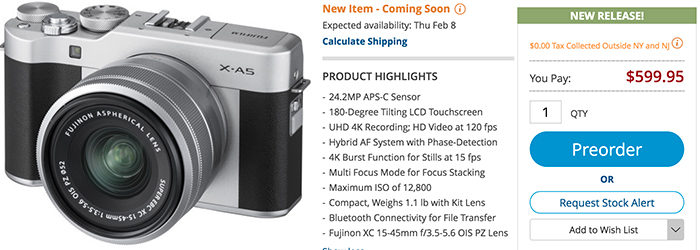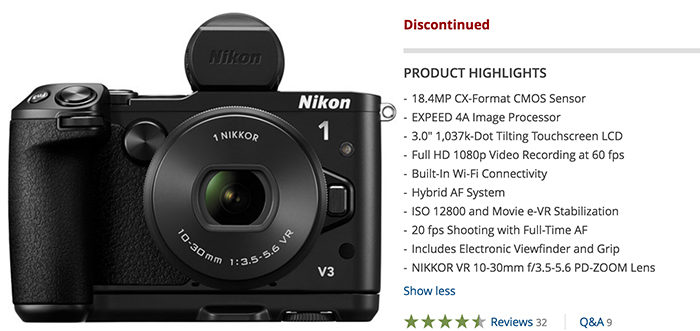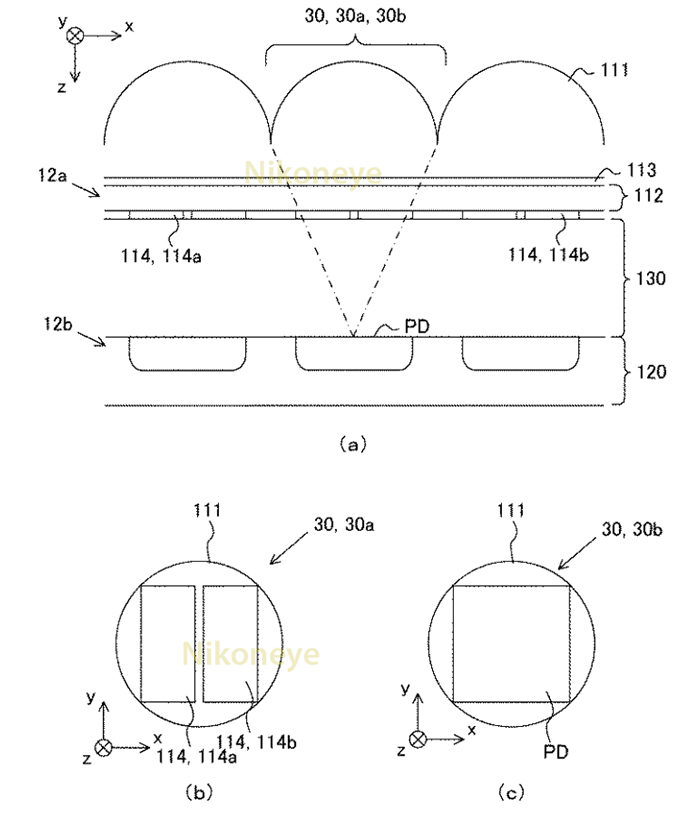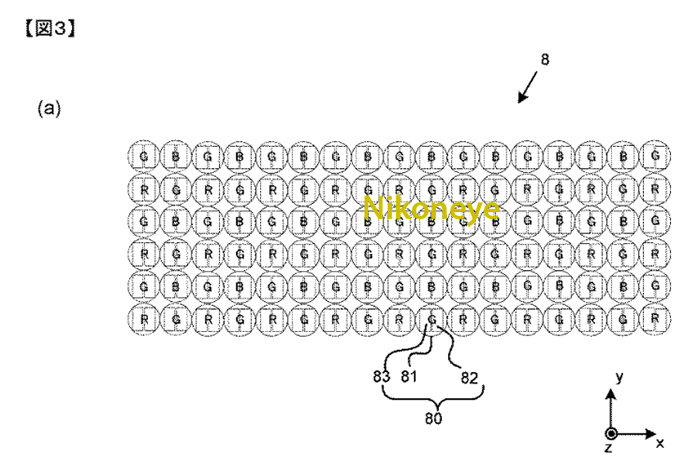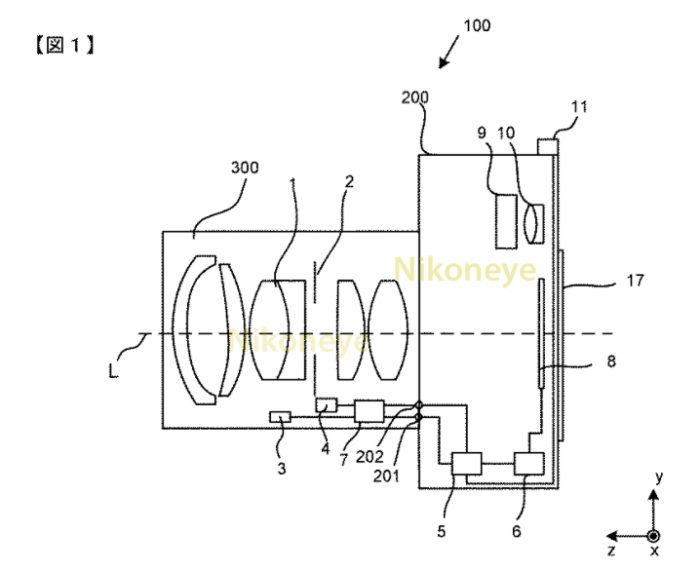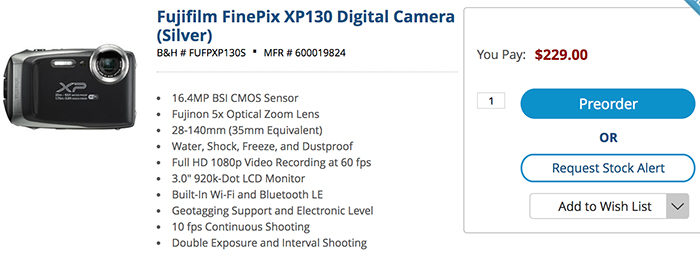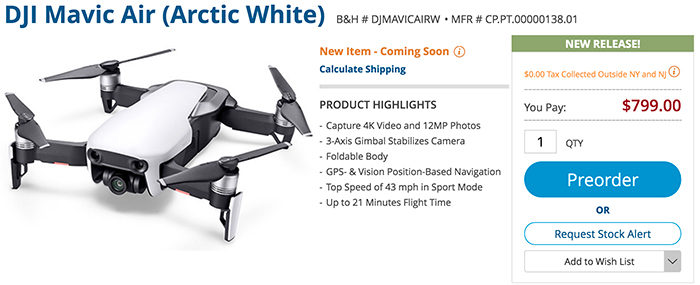Fuji officially announces the new X-A5, X-A20 cameras and the XC 15-45 lens
Fujifilm X-A5 at BHphoto, Adorama, Amazon
Fujinon XC 15-45 at BHphoto, Adorama, Amazon
Fujifilm X-A20 not yet available for preorder
Fujinon XC 15-45:
- Official Press Release / Product Page / Owners Manual
- Review of the Fujifilm X-A5 and XC15-45mm OIS PZ F3.5-5.6 lens at keithwee
Fujifilm X-A5:
- Official Press Release / Product Page /
- Fujifilm X-A5 first impressions at imaging-resource
Fujifilm X-A20:
- Announced but no product page live yet. On Fuji’s Manual page the camera is listed, and it says manual available in February
